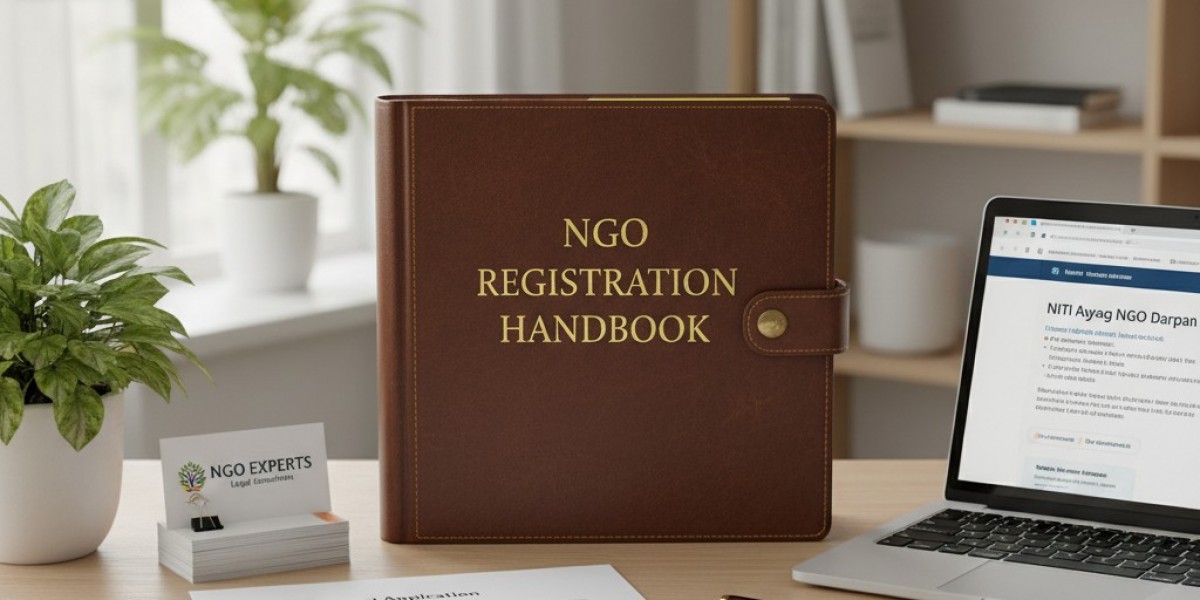Choosing the Right Path
The very first step is to decide what type of NGO you want to create. In India, you can register a non-profit as a Trust, a Society, or a Section 8 Company registration. Each one has its own rules and structure. For example, a Trust is often chosen for charitable work with a family or small group of people. A Society is for a larger group working for a common goal, like a sports club or an association. Conversely, a Section 8 company is best if you want to run a more formal and corporate-style non-profit. It offers more credibility and compliance. You must consider your long-term goals and the people involved before you choose.
The Registration Journey
Once you decide on the type, the real work begins. The NGO procedure for registration requires a lot of paperwork. First, you need a unique name for your organization. Then, you have to create a document that outlines your objectives, rules, and how you will operate. This is called a Trust Deed for a Trust, a Memorandum of Association for a Society, or a Memorandum and Articles of Association for a Section 8 company.
After you prepare these documents, you need to collect all the necessary information from your founding members. This includes their identity proofs, address proofs, and photos. Next, you must file the application with the proper authority. For a Trust, you go to the Registrar of Trusts. A Society registers with the Registrar of Societies. Finally, a Section 8 company registration is done with the Registrar of Companies (ROC). The time it takes can vary depending on the type of organization you choose and how fast the government processes your application.
The Important Post-Registration Steps
Getting your registration certificate is a huge accomplishment, but the journey doesn't end there. Next, you should apply for a Permanent Account Number (PAN) and open a bank account in your NGO’s name. This is essential for managing finances. Subsequently, you may also need to get a TAN if you plan to deduct tax.
Another very crucial step is the darpan portal registration. This portal is run by NITI Aayog, a government body. It is a central database for all NGOs in India. Registering here gives your organization a unique ID. It boosts your credibility and makes your NGO eligible for government grants and programs. In fact, many government departments now require a Darpan ID to apply for funding. The process is straightforward and free. You simply visit the official website, create an account, and fill in your details. You upload your registration certificate, PAN card, and other documents to complete the process.
Conclusion
The process of registering an NGO can seem complex. I understand that. But with the right guidance and a clear understanding of the steps, you can get it done smoothly. I help many people navigate these legal requirements every day. I believe that your passion for a cause should not be held back by legal hurdles. If you follow these steps, you will be well on your way to building a foundation that helps others.








